Search Images
Browse Content (p. 1686)
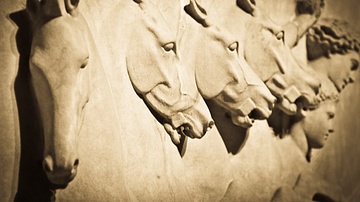
Image
Lycian Sarcophagus, Sidon
Detail of horses on a Lycian Sarcophagus, from Sidon, 5th Century BC.
Istanbul Archaeology Museums.
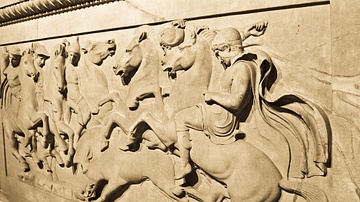
Image
Alexander Sarcophagus, Sidon
Detail from Alexander sarcophagus, showing a scene of wild boar hunting. Despite the name, the sarcophagus was not made for Alexander the Great. Sidon, 4th century BC.
Istanbul Archaeology Museums.
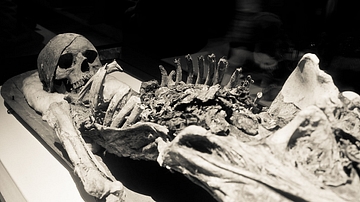
Image
Remains of King Tabnit II
The well preserved skeleton of king Tabnit II of Sidon.
Istanbul Archaeology Museum.
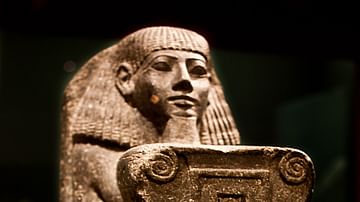
Image
Senemut, kneeling fugure
One of the finest known figures of Senemut, the architect and builder of the terrace temple of Hatshepsut (around 1470 BC).
Staatliches Museum Ägyptischer Kunst (State Museum of Egyptian Art) in Munich.
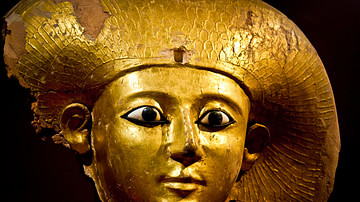
Image
Queen's Coffin Mask
Coffin mask of the queen consort of king Djehuti (c. 1650 BCW). Staatliches Museum Ägyptischer Kunst (State Museum of Egyptian Art) in Munich.
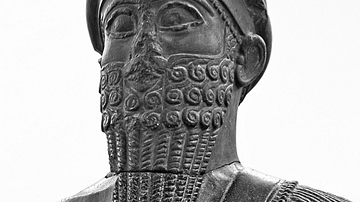
Image
Puzur Ishtar
Detail from a statue of Puzur Ishtar, governor of Mari, early 2nd millennium BC. Istanbul Archaeology Museums.
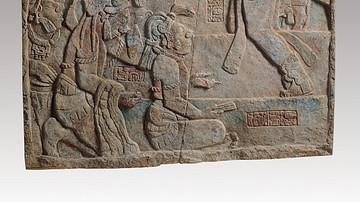
Image
Presentation of Captives to a Maya Ruler
This carved limestone relief, dated 23 August 783 CE, depicts three scribes being presented as prisoners to a Maya ruler. The captives are identified as scribes by the stick-bundle the first one holds (the traditional implements of scribes...
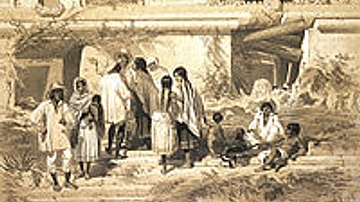
Image
The Nunnery Quadrangle at Uxmal by Catherwood
This lithograph from Frederick Catherwood's Views of Ancient Monuments in Central America, Chiapas and Yucatan depicts the so-called `Nunnery Quadrangle' at the city of Uxmal. The exterior and interior of the quadrangle are intricately and...
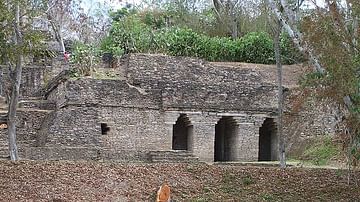
Image
The Passages to the Underworld at Tonina
This building at the Mayan site of Tonina is known as the Passage to the Underworld or the Temple of the Underworld. The archways in this picture lead to an extensive network of hallways which define the word `labyrinth'. As with many structures...
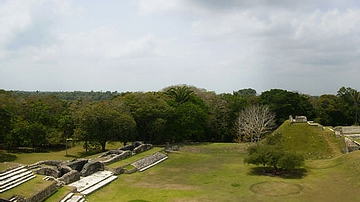
Image
Altun-Ha
Altun Ha is a Mayan site in modern day Belize. The city flourished between 400 and 900 CE but was occupied from 900 BCE to 1000 CE. The site was lost to the jungle until 1963 when excavations began